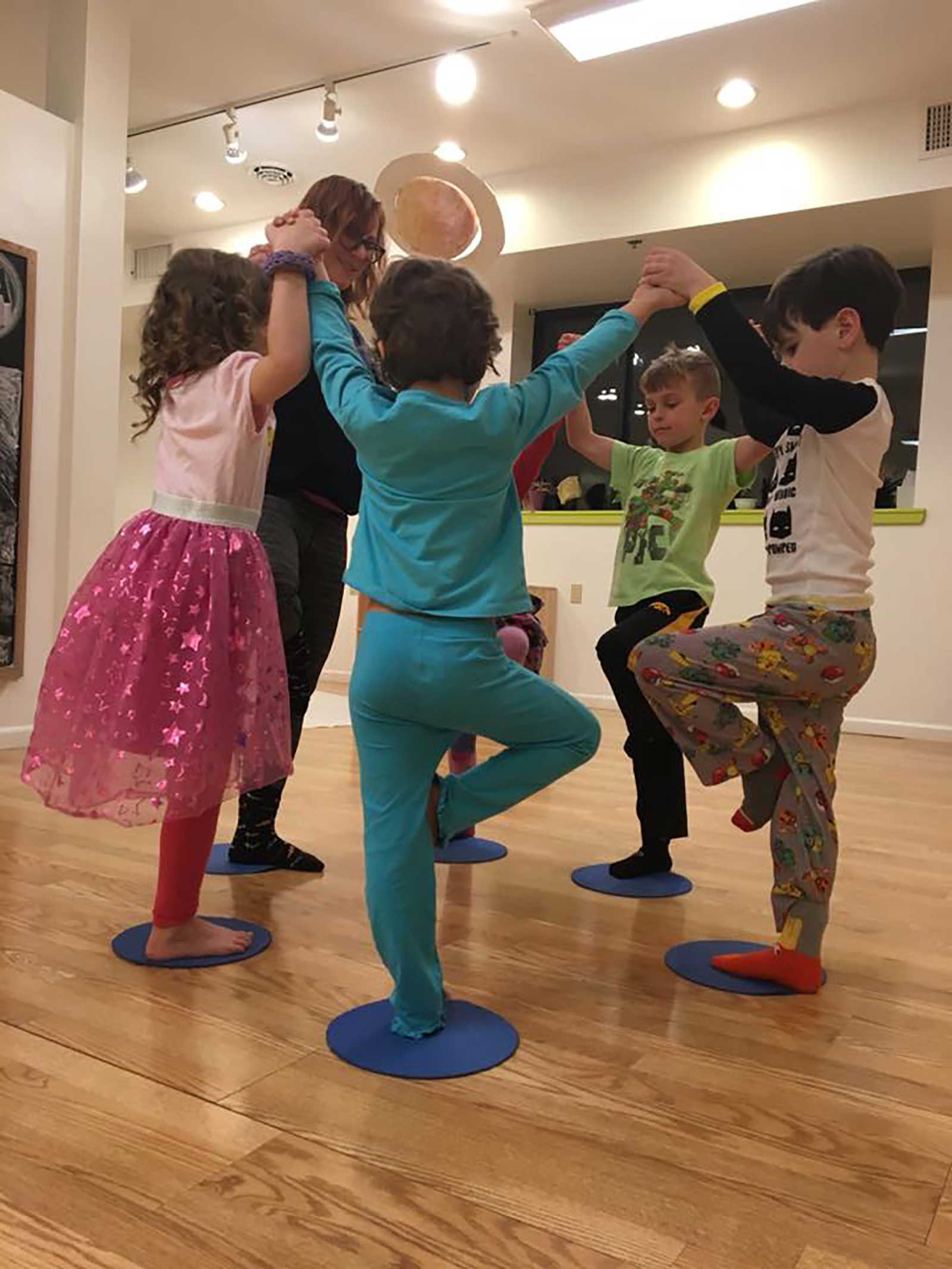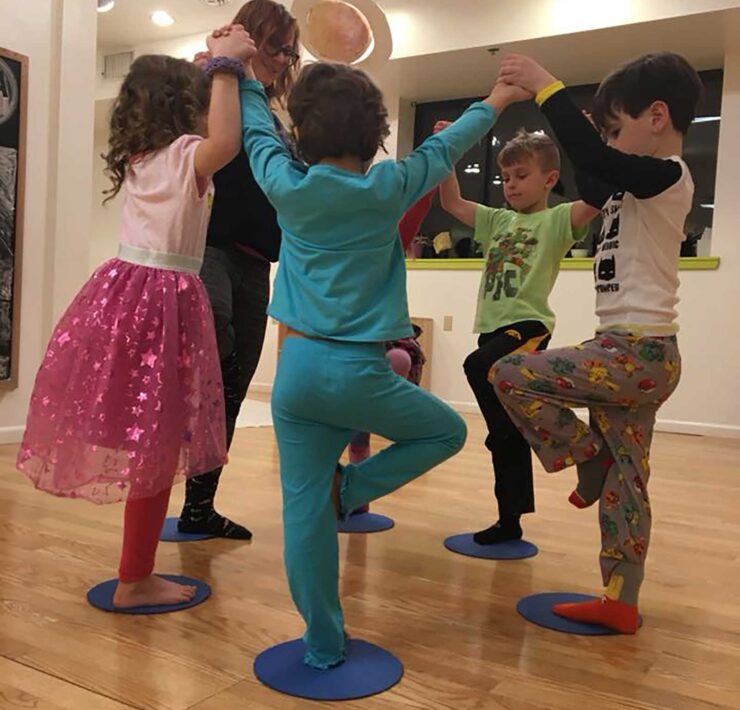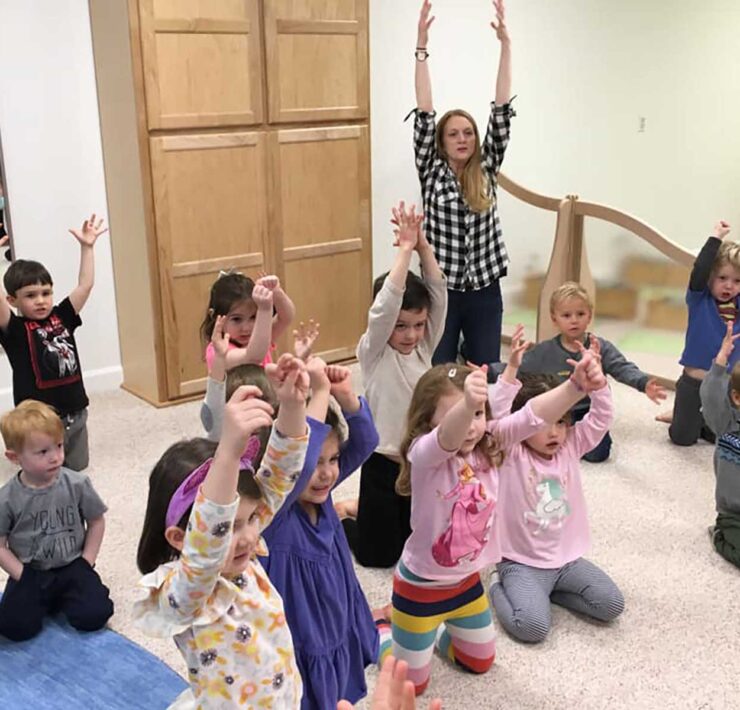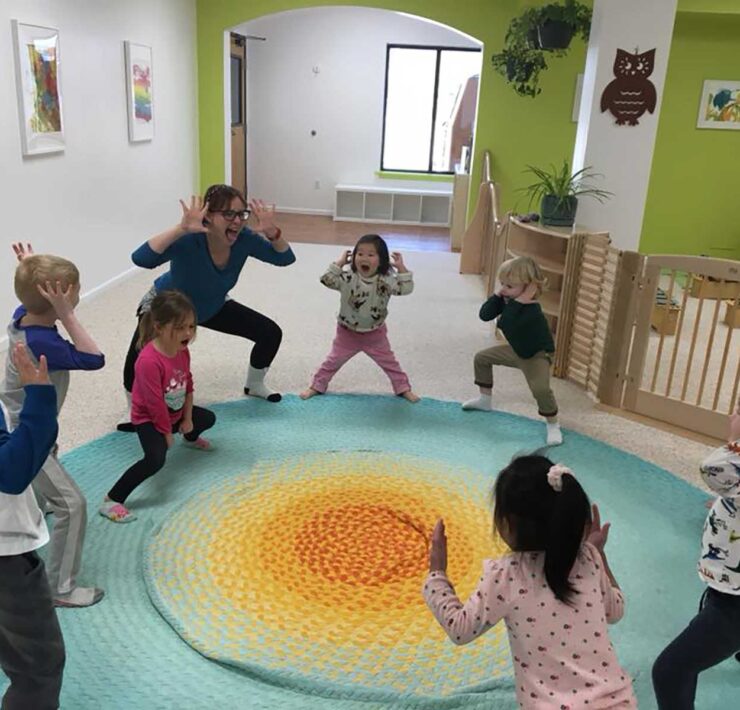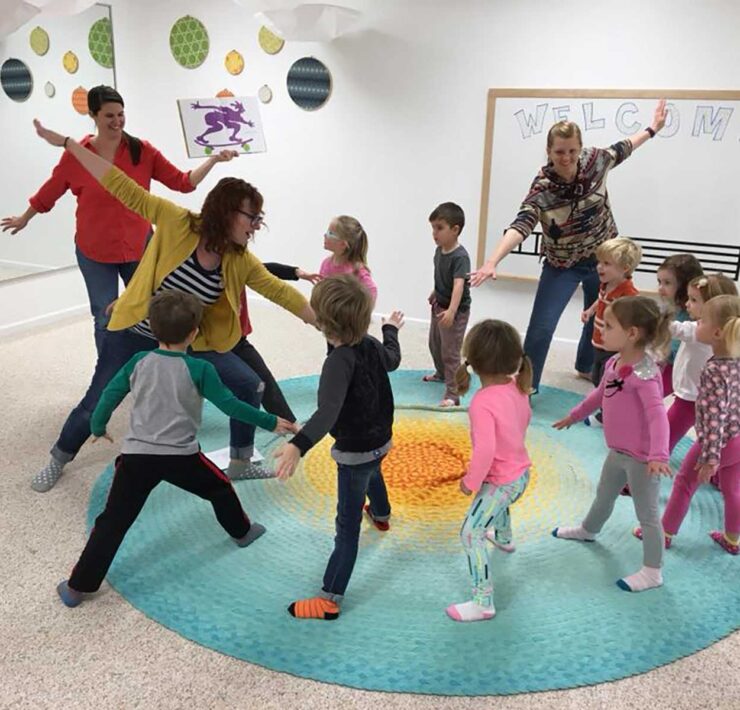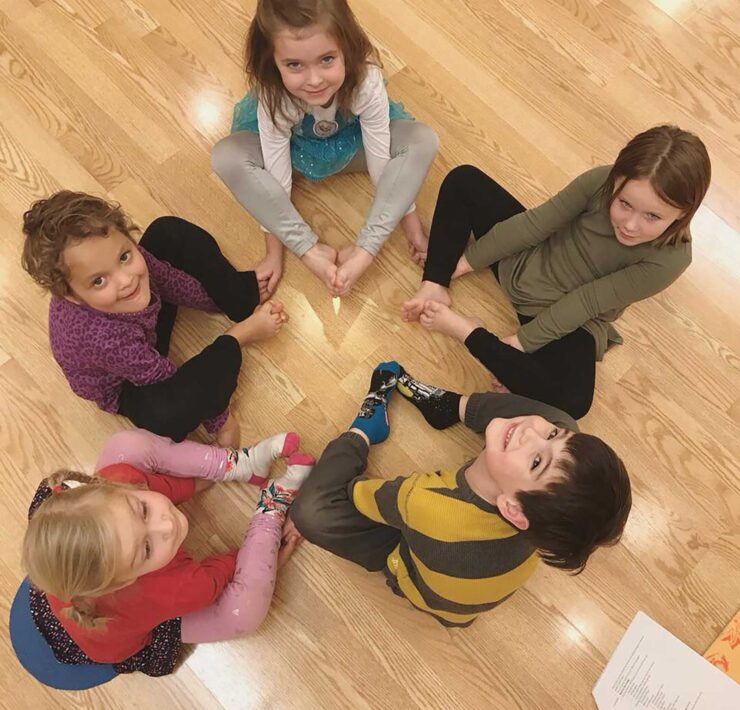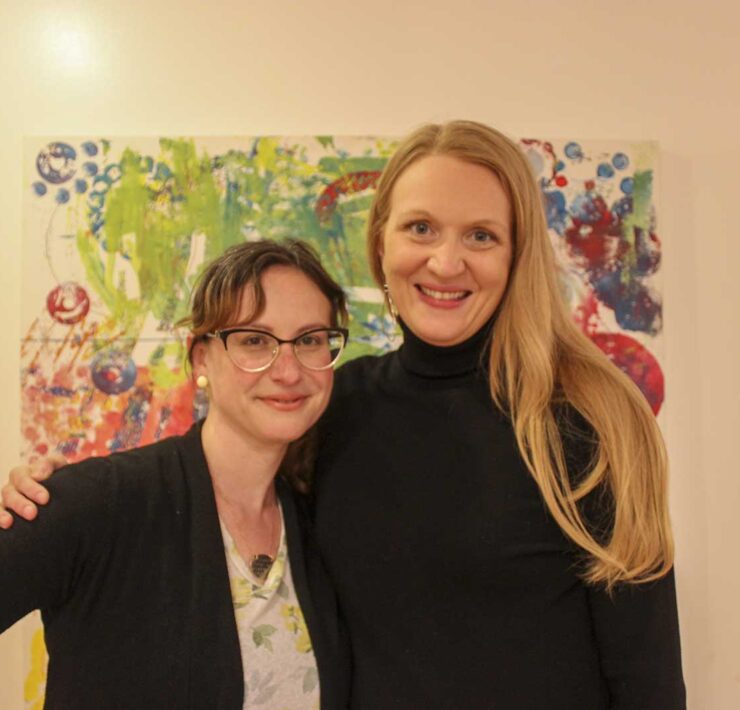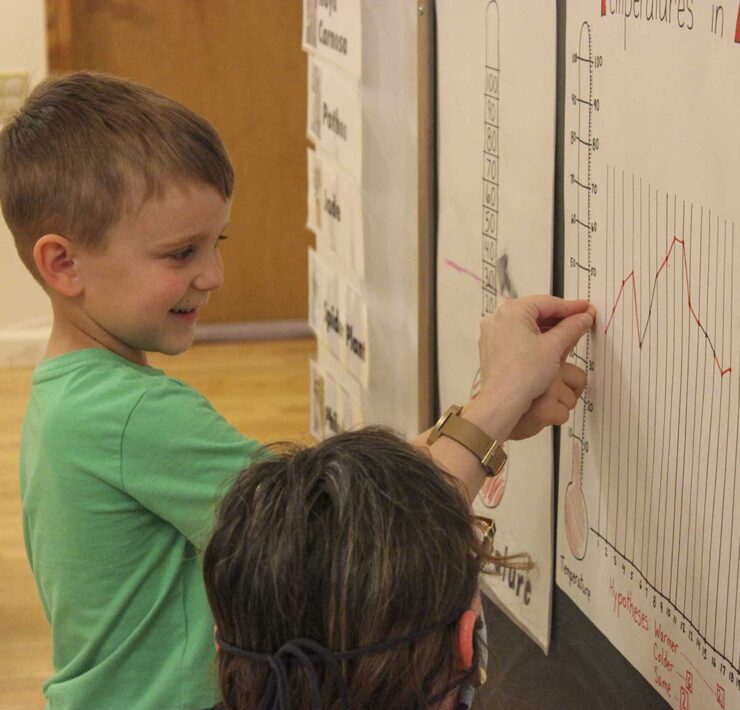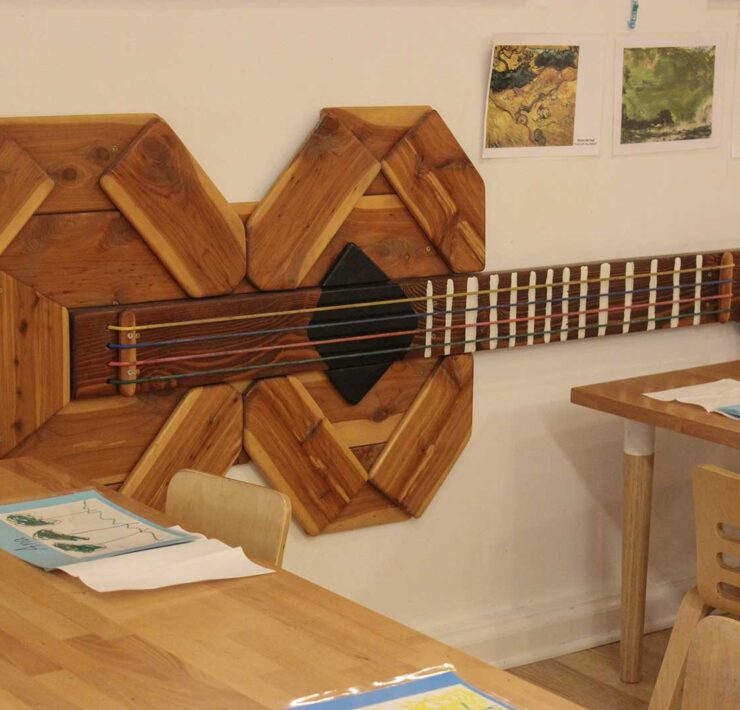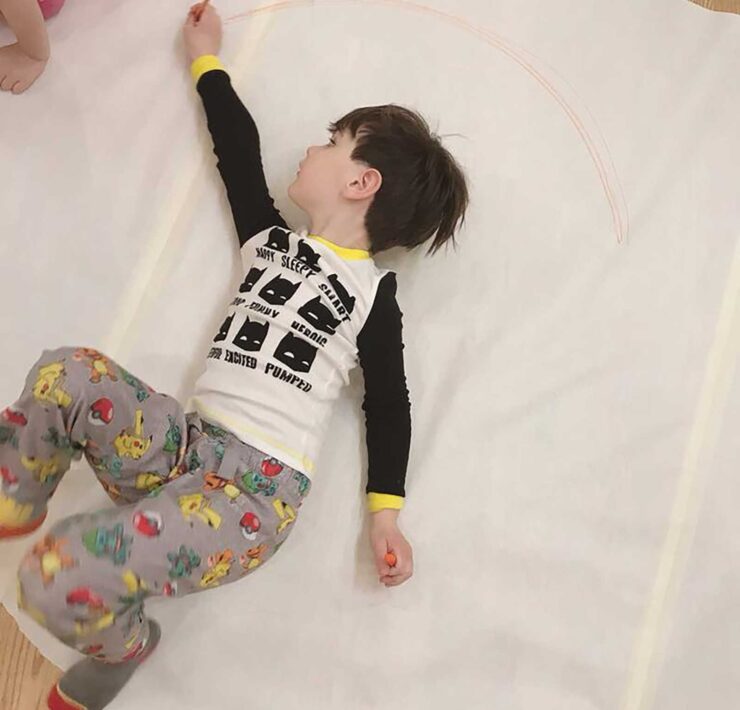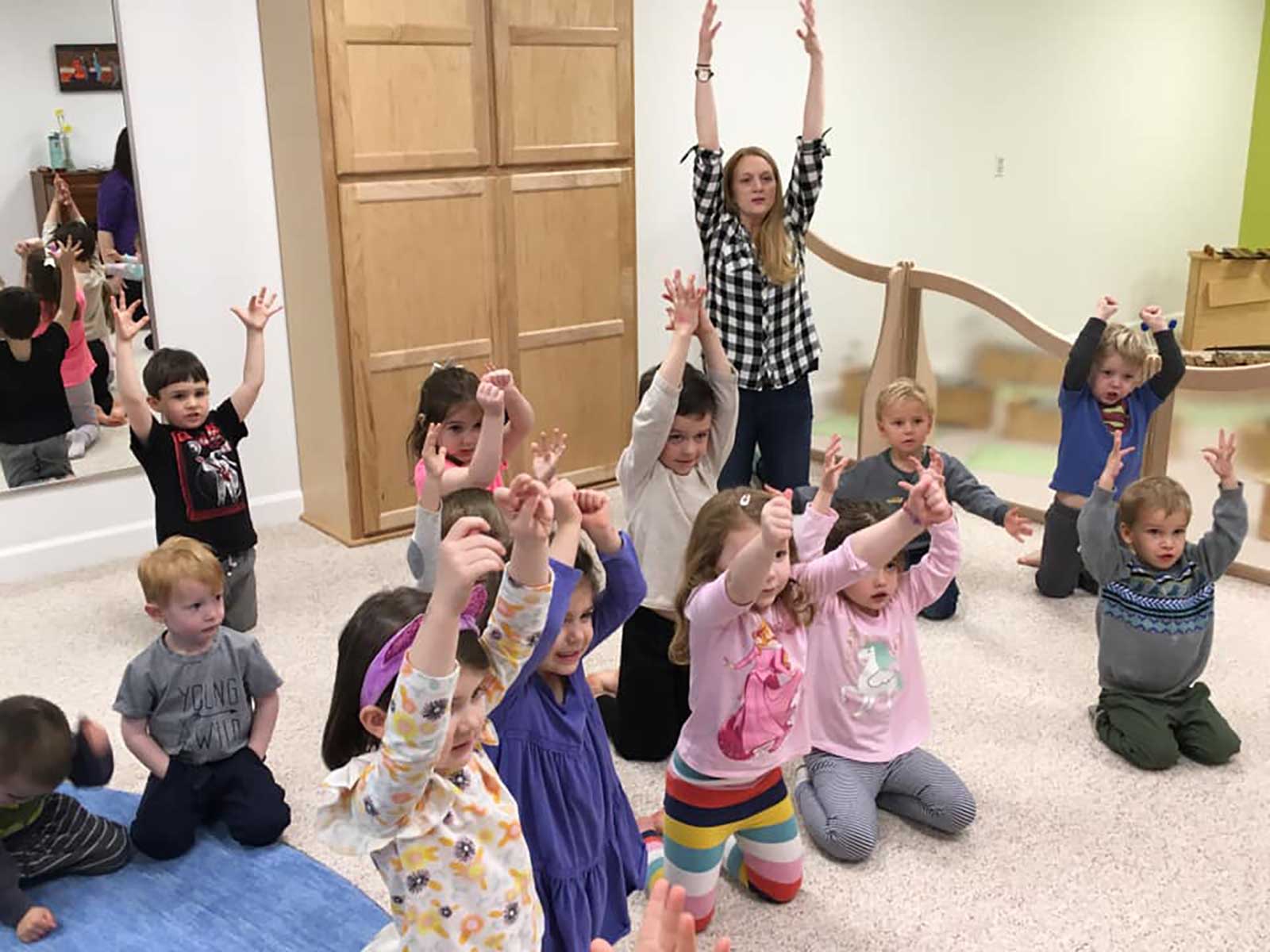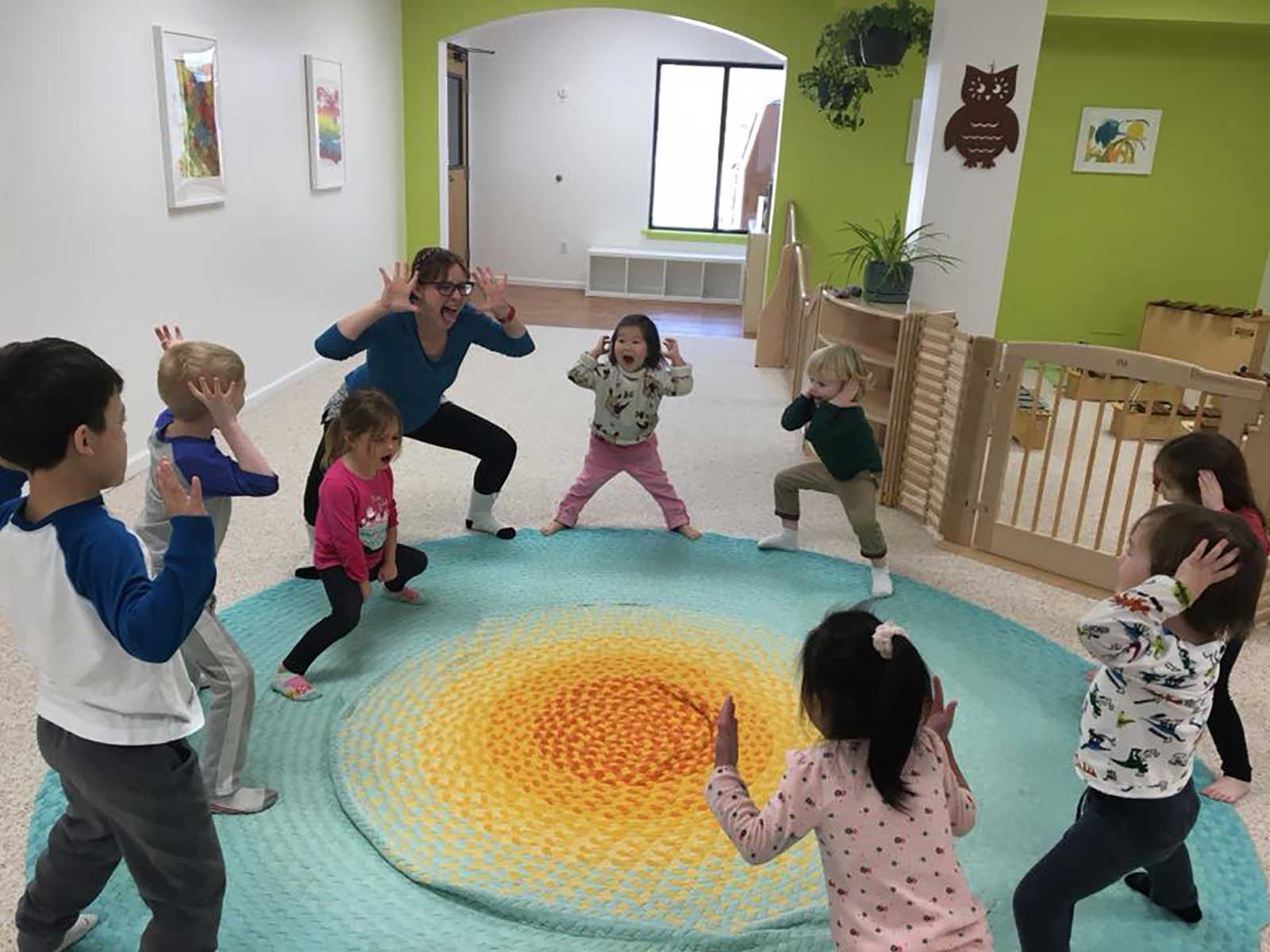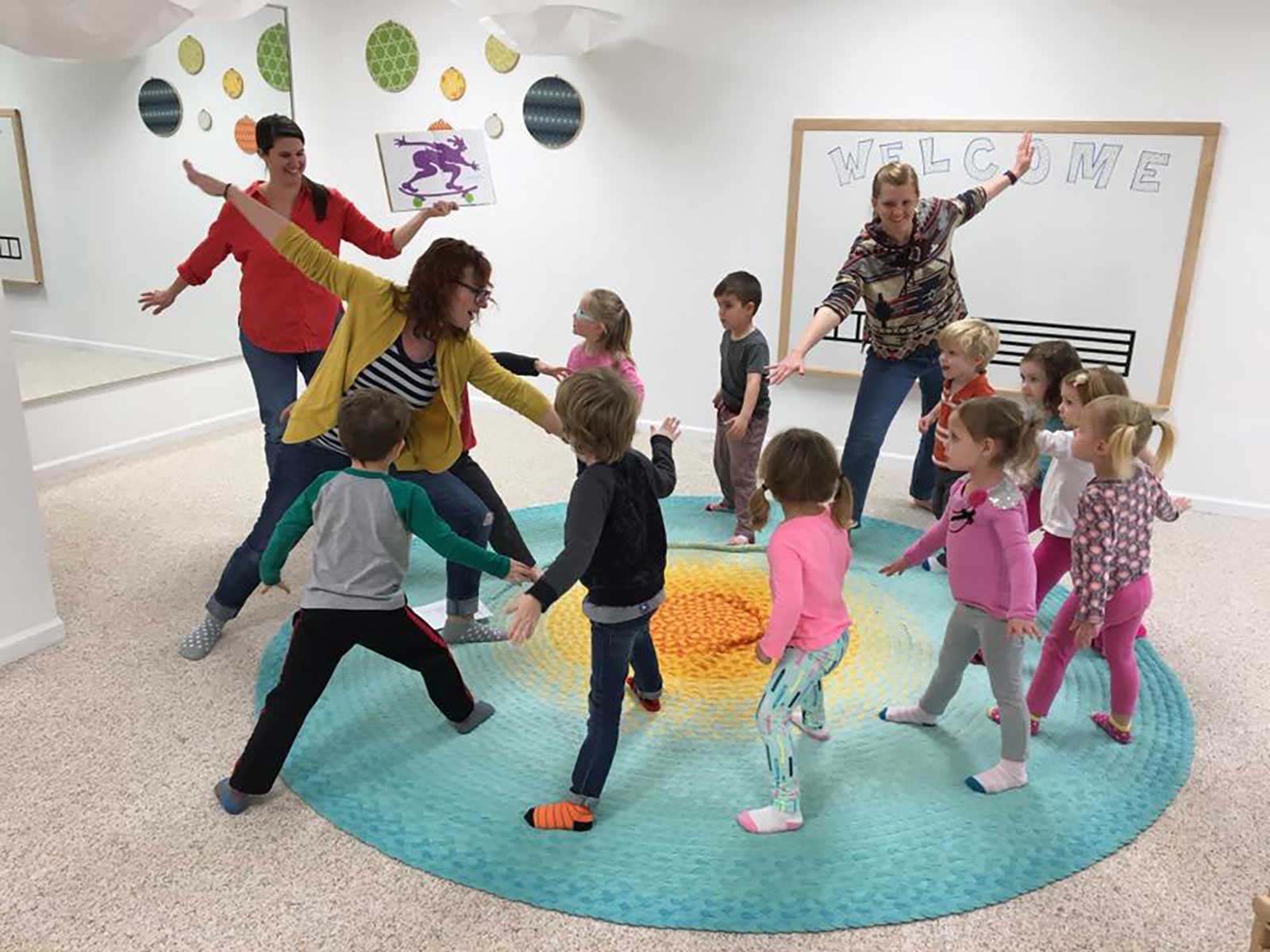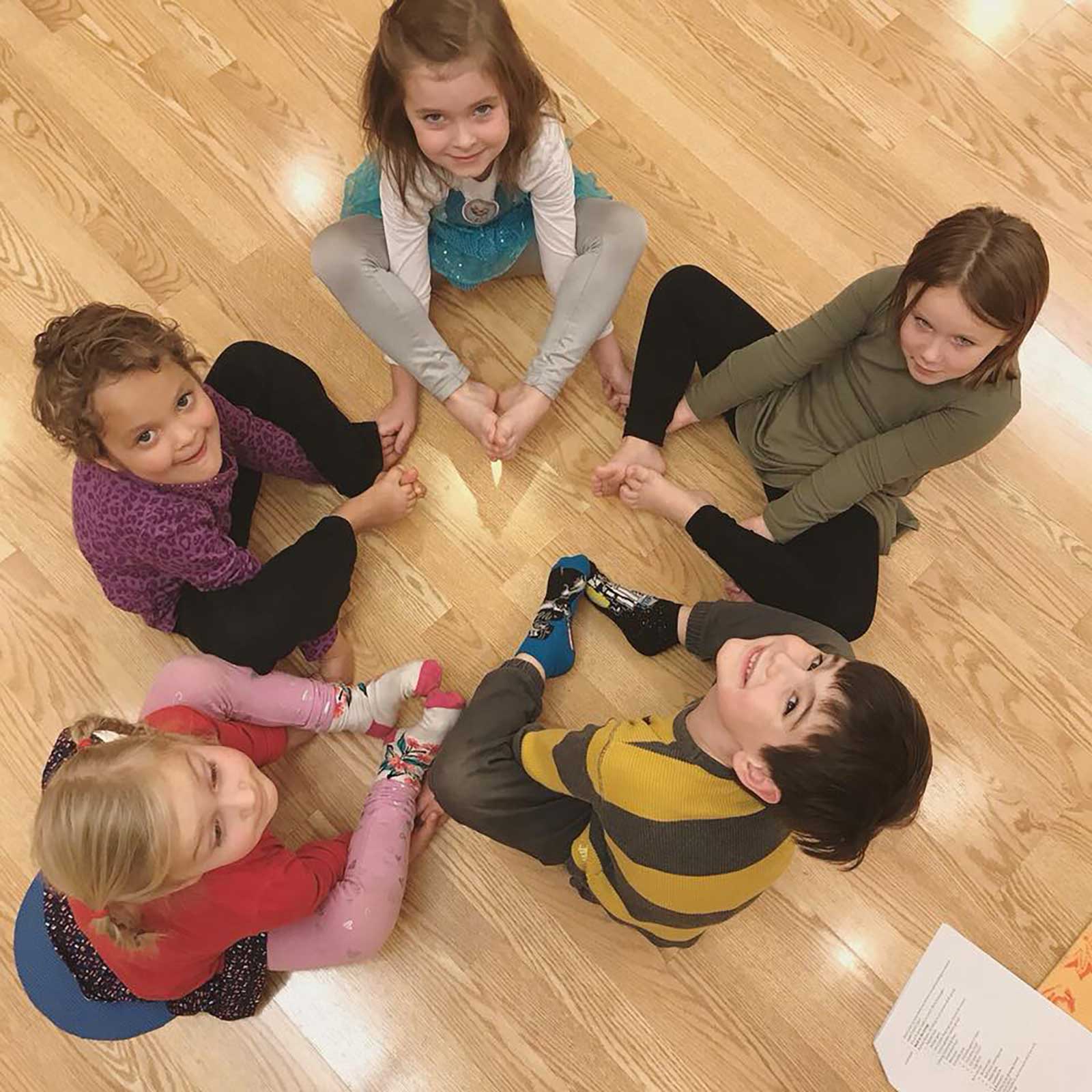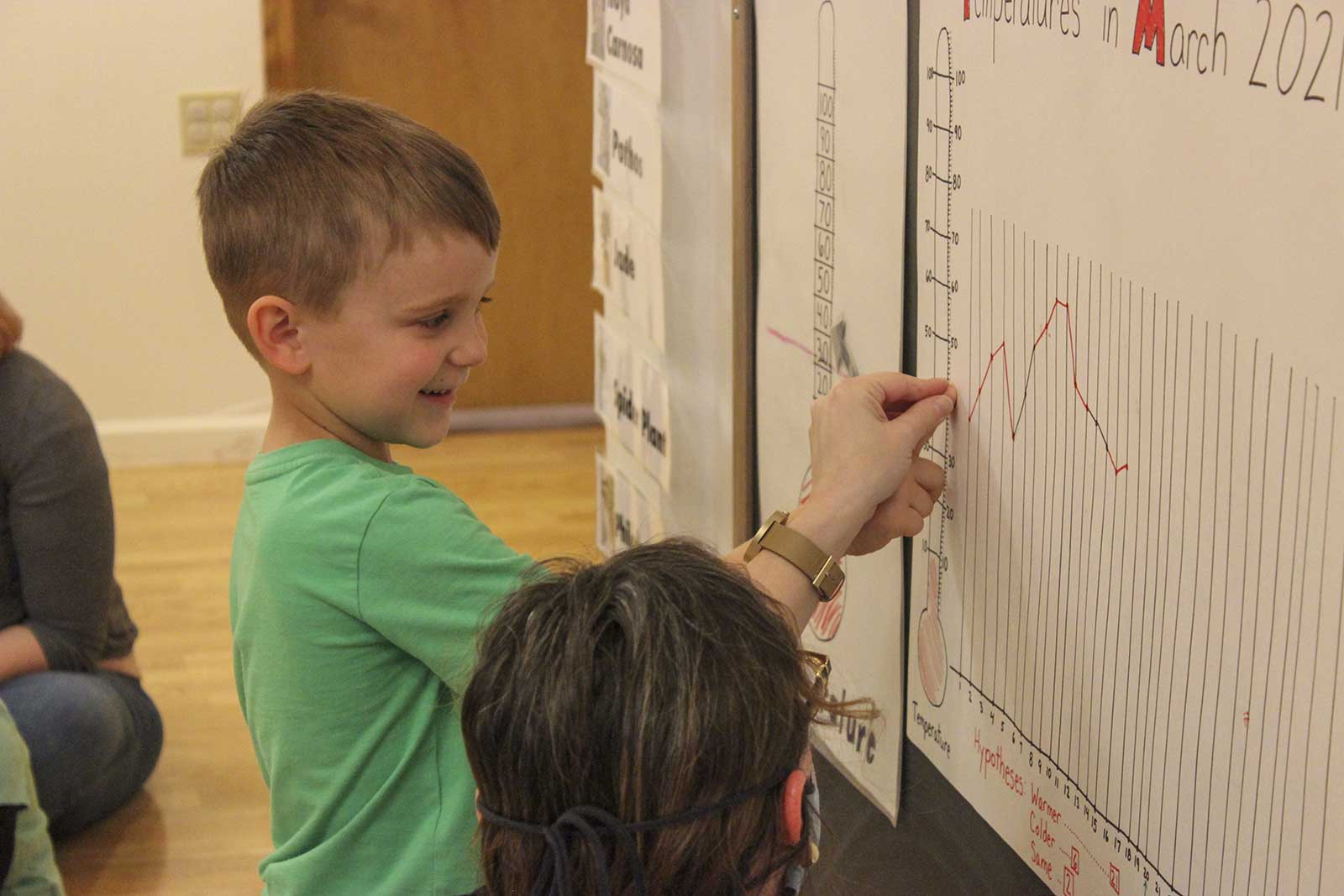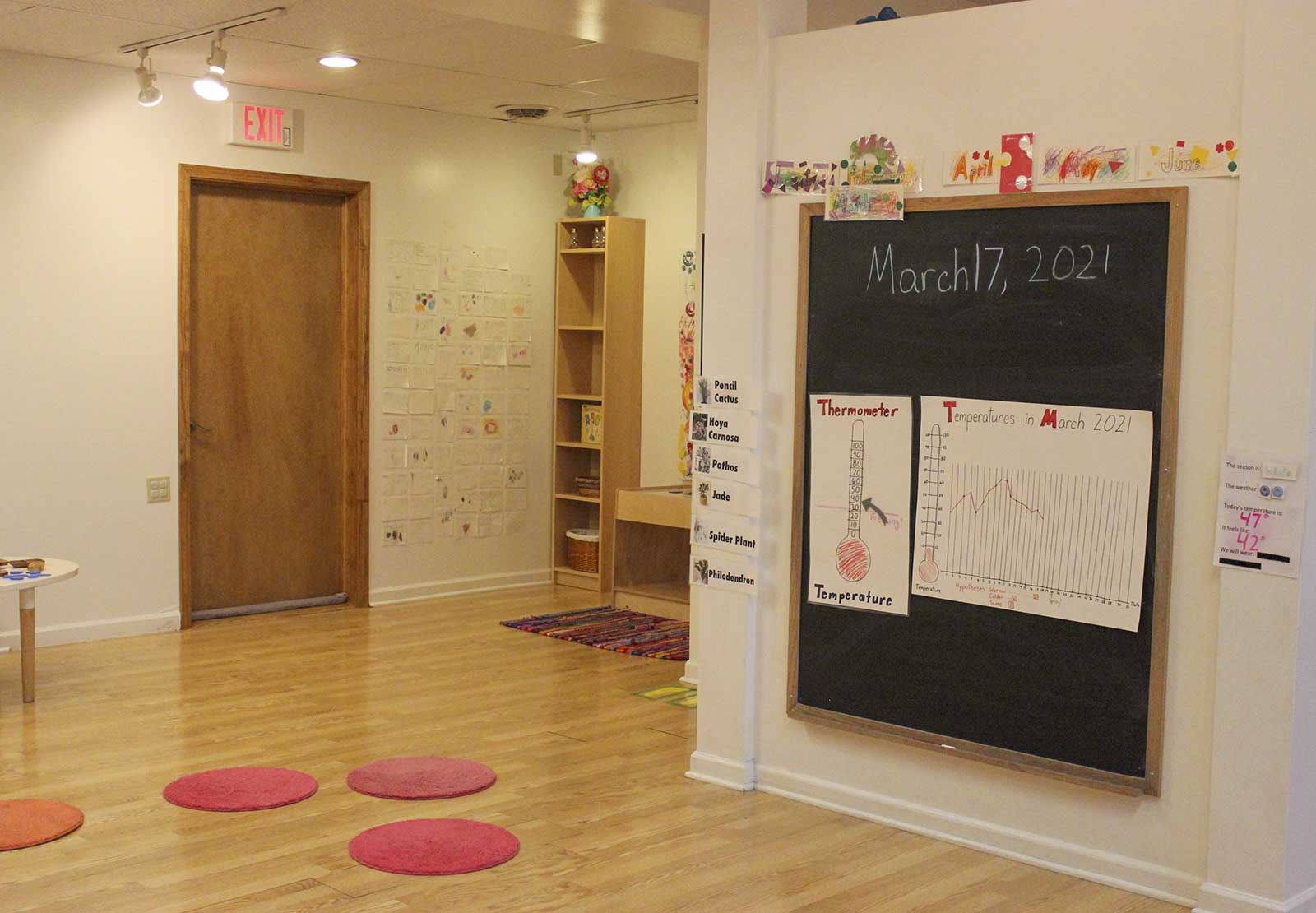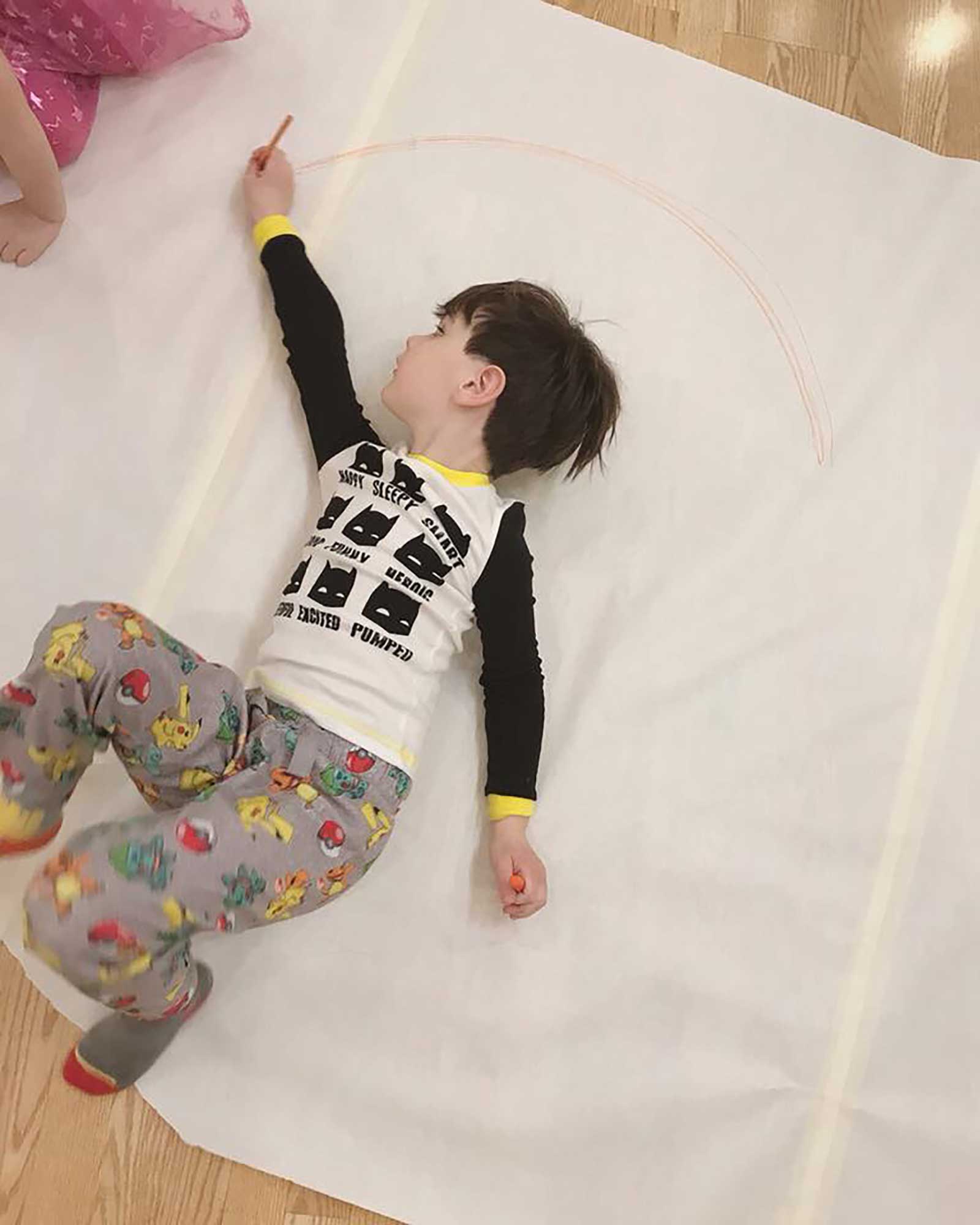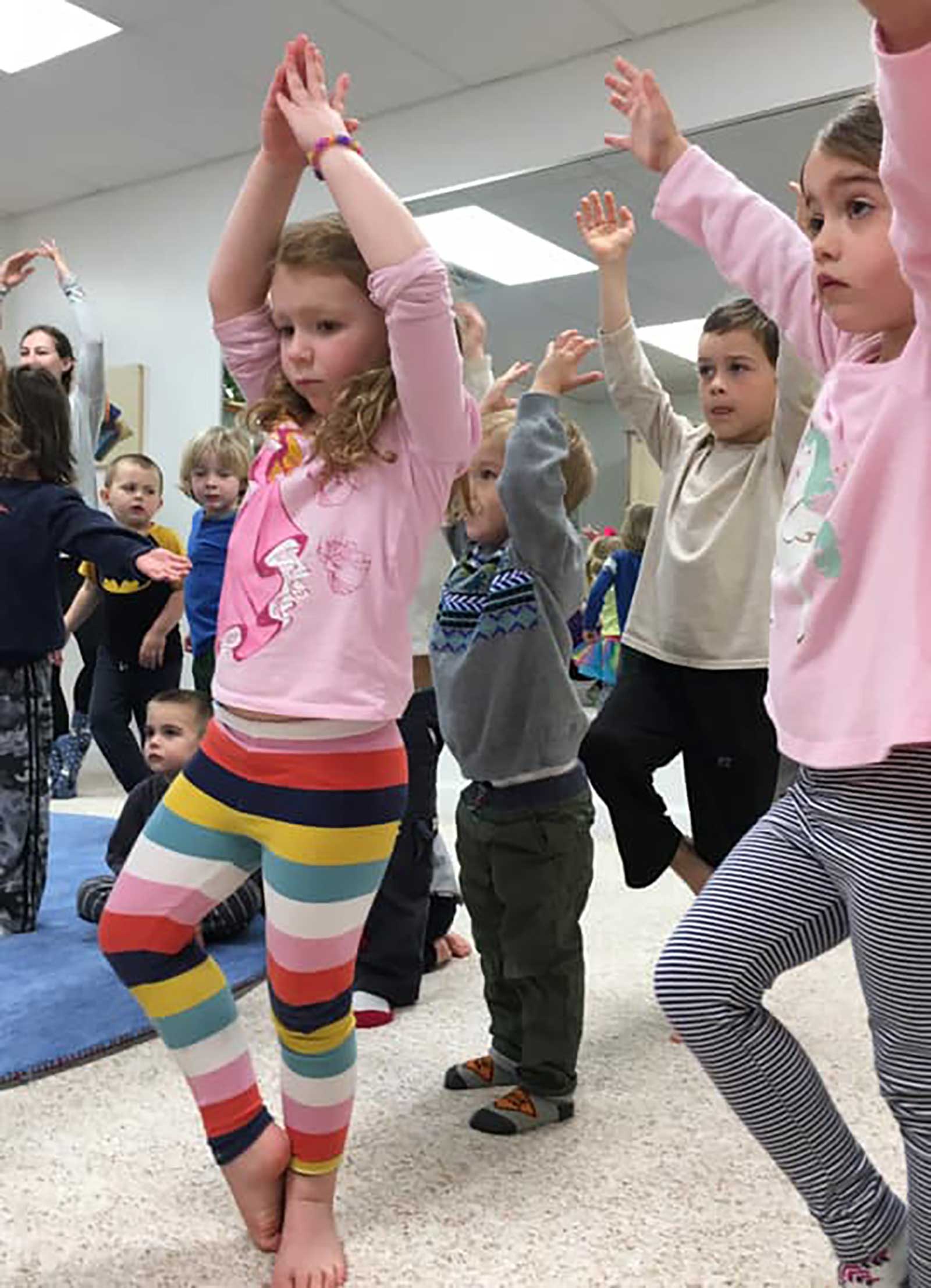Beyond the Pose
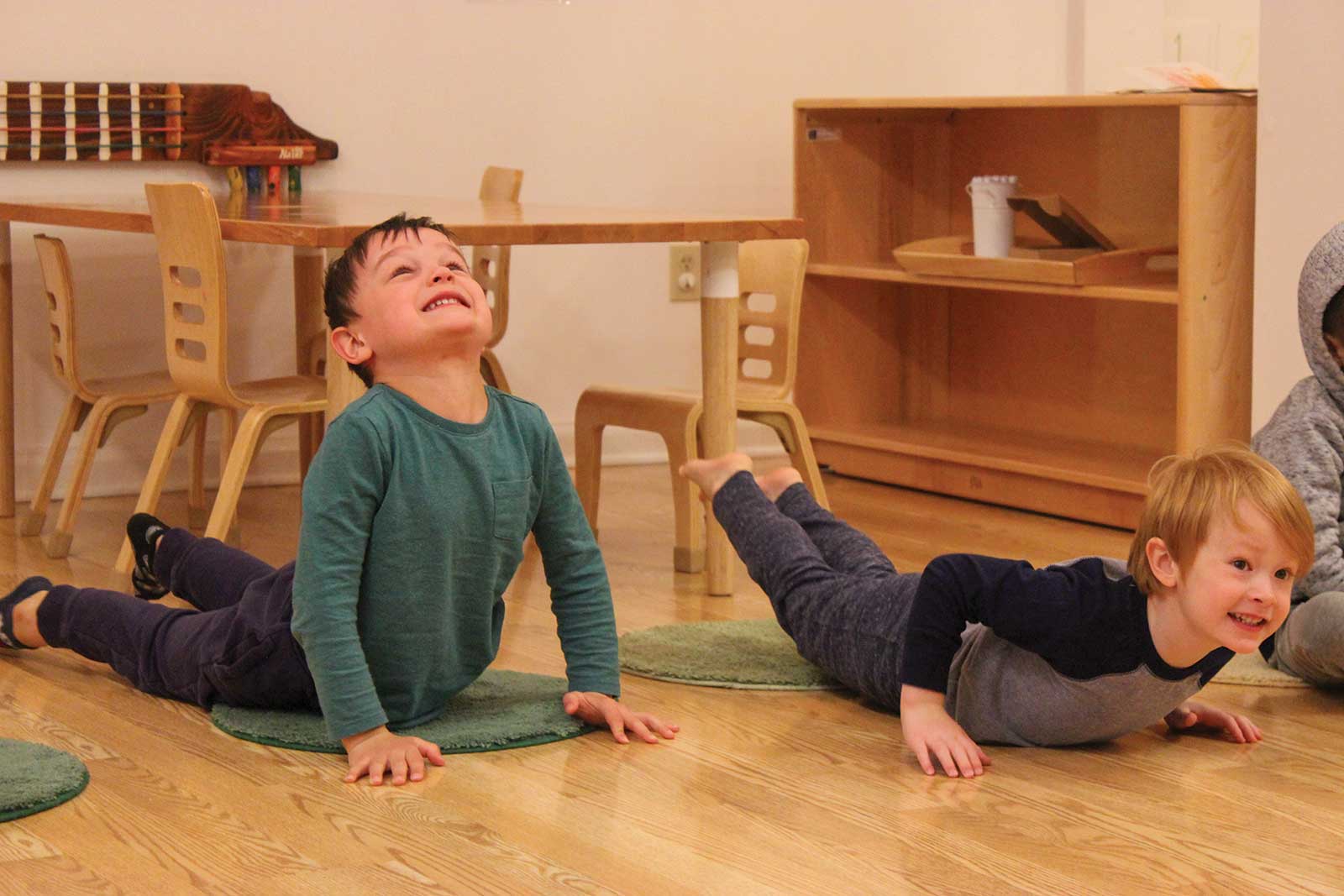
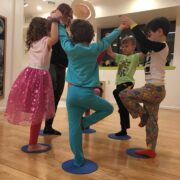
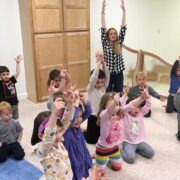
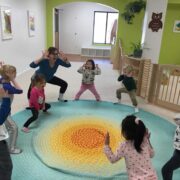
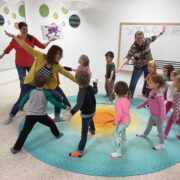 +7
+7 Atelier School of Creative Learning incorporates yoga and mindfulness into an arts-integrated curriculum.
A pumpkin seed becomes a pumpkin sprout, which then rather suddenly converts into a pumpkin vine. A chrysalis caterpillar turns into a beautiful butterfly. A storm brings a flash of lightning. These sights are nothing but scenes from the Atelier School of Creative Learning.
The Atelier School of Creative Learning, founded in 2016, weaves practices like yoga into their arts-integrated curriculum to help students understand chemistry, biology, geography, and more.
“We are using traditional yoga poses that we call something else to house it in what our ‘big inquiry’ is. If we’re trying to teach our students the lifespan of a pumpkin, I will create a yoga practice to mimic the lifespan of a pumpkin,” says Jenn Book Haselswerdt, the lead pre-K and artful yoga teacher. “By doing this, we can get our students moving and physicalize what they’re learning about.”
The school also integrates yoga into its curriculum to help children with self-empowerment, empathy, and focus.
“We allow our students to learn with their entire body, but it’s so much more than just movement. Students learn everything yoga is — the mindfulness, the body, the breath — all together,” Kara Hook, co-founder of the Atelier School of Creative Learning, says.
Art and Movement in the Classroom
The Atelier School of Creative Learning incorporates art and movement by beginning the day with a sun salutation, stretching in a sequence to create a flow of movement. The sun salutations use a concrete, creative drama sort of language — naming moves as “lizard pose” rather than “dandosana,” for example.
After the sun salutation, the school integrates movement into the curriculum.
“When our students were learning about hibernating animals, we had an art project where we made caves and students explored oil pastels. Our students got the sensory experience with real oil pastels during the project, but I also developed a yoga practice where we were hibernating bears, coyotes, rabbits, and frogs,” Jenn says.
Part of the school’s mission is that teachers continue their research to improve their classrooms. Knowing that different students need to move their bodies in various ways to absorb and communicate information, Jenn researched the vestibular system, an area of the brain that controls balance and is right next to the center for listening and hearing. Research shows that stimulating the vestibular system is important for listening in some children.
“Once I started to research how to stimulate the vestibular system, I learned that being upside down is one way to accomplish this,” Jenn says. “Knowing this, I introduced an upside-down wall this semester.”
The upside-down wall is a yoga mat on the floor, with handprints on the yoga mat and footprints on the wall. When students use the wall, they place their hands on the handprints and their feet on the footprints, eventually forming an L-shaped handstand. It’s just one of the ways in which the school tries to unlock a child’s full learning potential.
Art and Mindfulness in the Classroom
Beyond the movement yoga offers students, the practice of mindfulness is integral to the classroom. Every morning, students at the Atelier School of Creative Learning say a kindness mantra, teaching children how to listen to their bodies.
“We use the thread of the kindness mantra of our yoga practice throughout the day to teach children how to self-regulate — thus, it becomes our approach to misbehavior. As they learn various breathing techniques of how to calm our body and how to listen to our emotions and needs, they can self-regulate and work through that with the help of a teacher,” Kara says.
The school also integrates mindfulness into the curriculum. Students created a self-portrait of what they feel like rather than how they look. A breathing project also allowed students to explore their breath with various tempos by listening to music.
“Ultimately, the Atelier wants to give students various ways to express and communicate an idea,” Kara says. “Teaching students that we can convey ideas and emotions through visual art and audio is an amazing gift we can give to children.”



